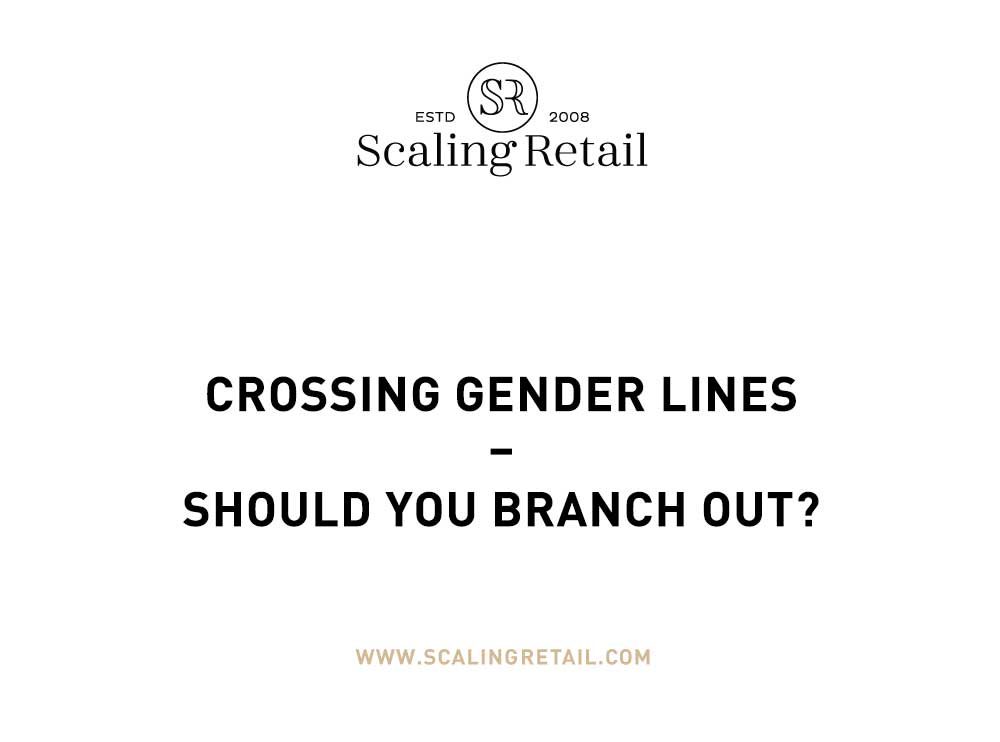Anya Hindmarch just announced her men’s collection launch with leather goods and accessories, and last month Stella McCartney announced she would be debuting a men’s collection in November. It’s no wonder that brands are moving into the men’s market; with $440B in annual sales it’s certainly a market share worth capturing. Menswear designers have been making the transition to women’s as well. Brands like Rag & Bone, Public School and designers like Hedi Slimane have only in the recent past branched out to design for women. The women’s market clocks in a hefty $670B yearly.
As a growing brand you are probably wondering how this all affects you. Should you rush to develop a collection for the opposite sex simply to make more money? How should you test the waters? Lets break it down.
First- It’s important to address that collections can be designed androgynously, but when it comes to walking down the runway or showing the pieces in a lookbook you will most likely ascribe gender. The Squad, a knitwear brand out of LA does a great job of creating for both, but you will notice that the collections do have clear cross over between genders.
Second- Aside from aesthetics, the two products are very different. Women’s sizing versus Men’s sizing and fit. If your brand is very tailored for women, you will need to bring in the tailoring for men. This might mean hiring a new product developer to help create your designs.
Third- Branding, sales and marketing. It’s not easy to just create a women’s line after having a men’s line. You will need to pitch to different stores, develop a new marketing strategy and evolve what your brand identity is. This can be especially tricky if your collection will be produced under the same name and your brand identity was very gendered to begin with. Sometimes brands will create a diffusion name to help with creating a “new” brand.
Accessories are the easiest transition to cross genders. Anya Hindmarch did this as she introduced a collection of briefcases and iPhones marketed for men. If you notice that your collection already appeals to both markets try testing out different color ways and fabrics to see how each gender reacts. What’s also interesting about Anya’s story is that she waited until enough men were purchasing her products to warrant the creation of a new line.
Clothing can be difficult for the above-mentioned reasons, but it doesn’t mean the market demand wouldn’t make it worth your while. Smaller brands like The Squad do so with a small team and a highly focused vision. My opinion is to always think big and make a timeline for your growth. If you want to expand then start thinking about it now even if it won’t be for another few years. Retail is a long tail game, so play it to last.
If you are ready to develop a launch or growth strategy for your business send an email to hello@scalingretail.com
